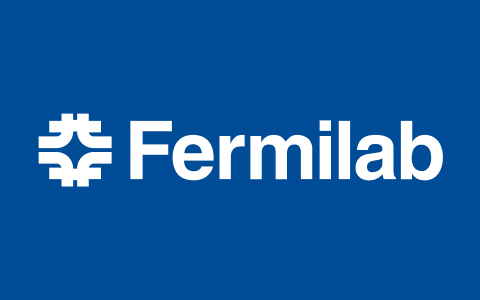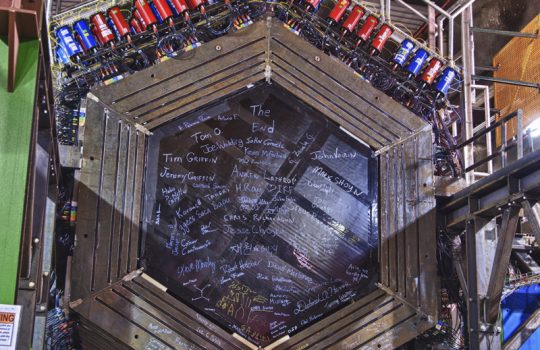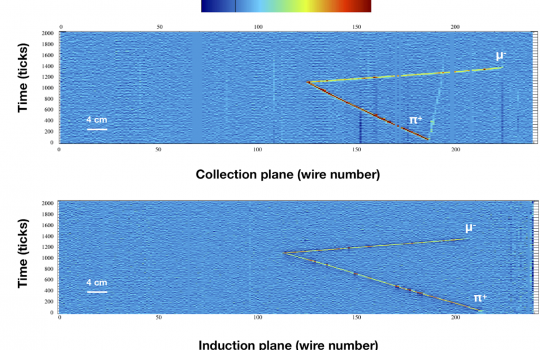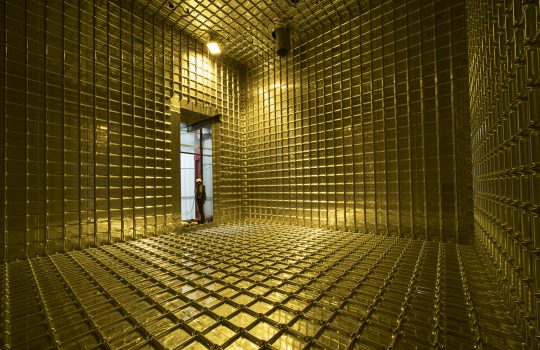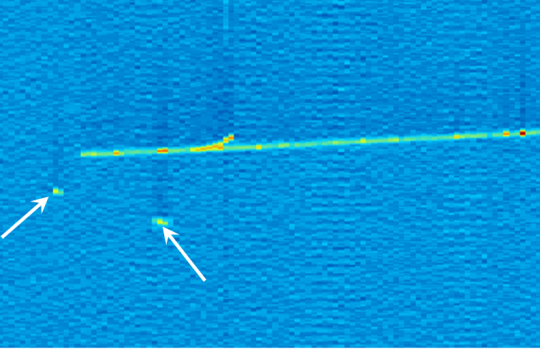Celebrating women in STEM: Dr. Mayly Sánchez
From University of Missouri – Kansas City’s University News, Feb. 6, 2019: Sánchez, a scientist at Iowa State University, is a part of Fermilab’s NOvA neutrino experiment and the Deep Underground Neutrino Experiment. She also co-leads the ANNIE experiment at Fermilab.
